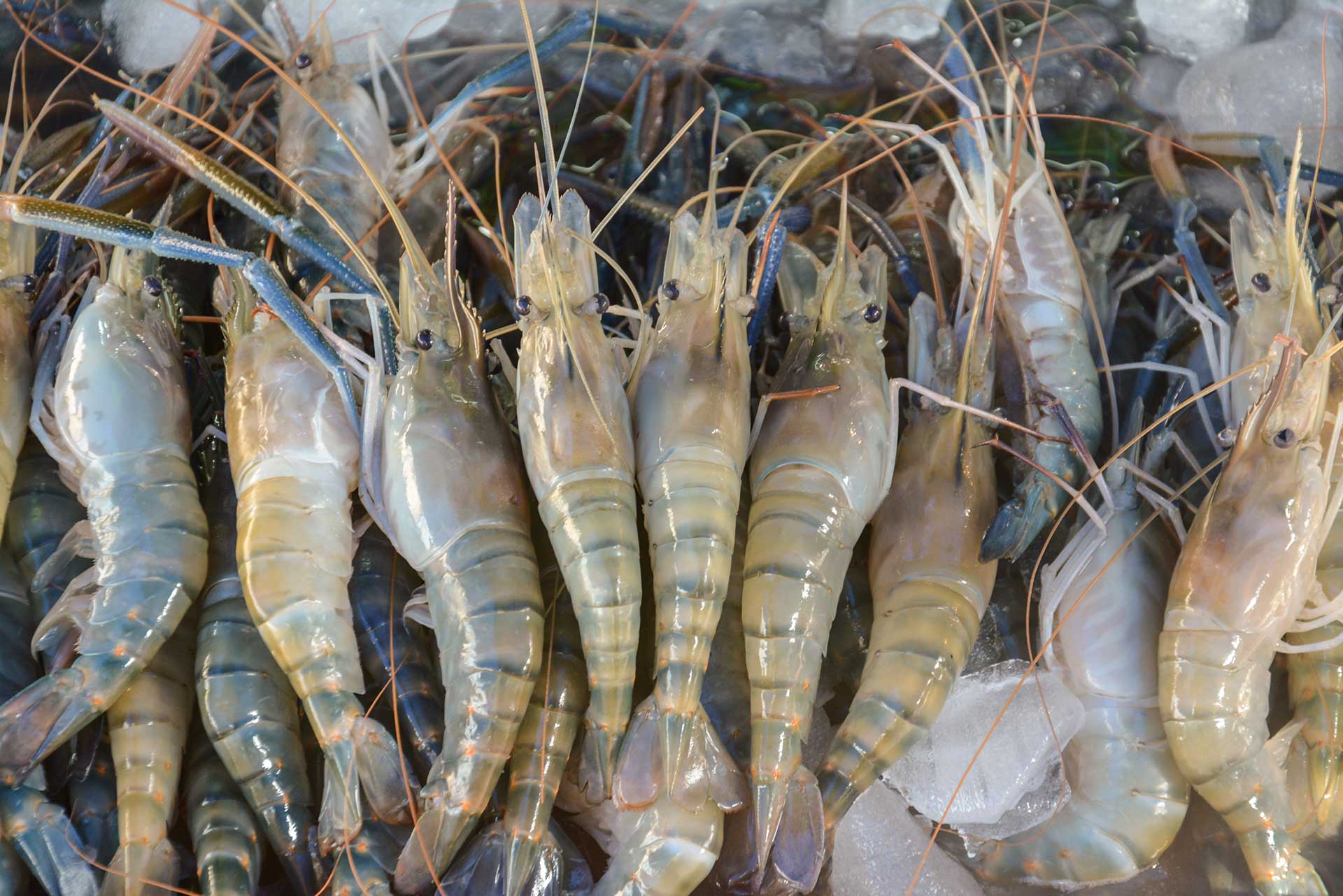

Articles
How To Store Fresh Shrimp
Modified: January 6, 2024
Learn the best techniques for storing fresh shrimp to maintain their quality and flavor. Read our informative articles on proper storage methods and keep your shrimp fresh for longer.
(Many of the links in this article redirect to a specific reviewed product. Your purchase of these products through affiliate links helps to generate commission for Storables.com, at no extra cost. Learn more)
Introduction
When it comes to enjoying a delicious seafood meal, few things compare to the taste and texture of fresh shrimp. Whether you’re grilling, sautéing, or adding them to a pasta dish, the quality of the shrimp can make all the difference in your culinary experience.
However, keeping shrimp fresh and maintaining their flavor can be a challenge, especially if you’re not familiar with the proper storage techniques. In this article, we will guide you through the process of storing fresh shrimp, from choosing the best quality shrimp to ensuring you can enjoy them at their peak for as long as possible.
By following the tips and techniques outlined in this article, you’ll be able to preserve the freshness of your shrimp, avoiding any potential waste while ensuring a delicious seafood experience every time.
Key Takeaways:
- Choose fresh, sustainably sourced shrimp with a clean appearance, mild scent, and firm texture for the best quality. Properly clean, store, and label them to maintain freshness and enjoy delicious seafood dishes.
- Refrigerate fresh shrimp for short-term storage and freeze for longer shelf life. Thaw slowly in the refrigerator or use the cold water method for optimal results. Trust your senses to ensure freshness before consumption.
Choosing Fresh Shrimp
When it comes to selecting fresh shrimp, there are a few key factors to consider. By keeping these factors in mind, you can ensure that you’re purchasing the highest quality shrimp available.
Here are some tips for choosing fresh shrimp:
- Appearance: Look for shrimp that have a clean and shiny appearance. Fresh shrimp should have a translucent color with no signs of discoloration or black spots. Avoid shrimp that appear dull or have a slimy texture.
- Smell: Fresh shrimp should have a mild, sweet, and slightly briny scent. Avoid shrimp with a strong ammonia-like odor, as this is a sign of spoilage.
- Texture: The texture of fresh shrimp should be firm and slightly springy to the touch. Avoid shrimp that feel mushy or have a slimy texture, as this indicates deterioration.
- Size: Shrimp are classified by the count per pound, such as “jumbo” or “extra-large,” which refers to the number of shrimp it takes to make up a pound. Choose the size that suits your recipe, but keep in mind that larger shrimp tend to be more flavorful.
- Source: Whenever possible, choose shrimp that are sustainably sourced. Look for labels or certifications from organizations such as the Marine Stewardship Council (MSC) or the Aquaculture Stewardship Council (ASC), which indicate that the shrimp were harvested in an environmentally responsible manner.
By paying attention to these factors when selecting fresh shrimp, you’ll be able to ensure that you’re purchasing the highest quality product available, resulting in a more flavorful and enjoyable seafood experience.
Proper Cleaning Techniques
Before storing fresh shrimp, it’s important to properly clean them to remove any dirt, debris, or bacteria that may be present. By following these cleaning techniques, you can ensure that your shrimp are safe to consume and maintain their quality throughout storage.
Here’s how to clean fresh shrimp:
- Remove the shell: Start by peeling off the shell of the shrimp. You can either remove the entire shell, including the head and tail, or leave the tail intact for presentation purposes. To remove the shell, simply hold the shrimp firmly and peel it off starting from the top down to the tail.
- Devein the shrimp: After removing the shell, it’s important to devein the shrimp. The “vein” refers to the dark digestive tract running along the back of the shrimp. To devein, take a sharp knife or use a deveining tool and make a shallow incision along the back of the shrimp. Use the tip of the knife or the deveining tool to lift out the vein and discard it.
- Rinse the shrimp: Once the shrimp have been deveined, rinse them under cold running water to remove any remaining debris or impurities. Gently rub the shrimp with your fingers to ensure thorough cleaning. Pat them dry with a paper towel to remove excess moisture.
- Optional: Brine the shrimp: If desired, you can brine the shrimp before storing them. Brining involves soaking the shrimp in a mixture of saltwater for a short period. This step can help enhance the shrimp’s flavor and texture. To brine, dissolve 1/4 cup of salt in a quart of water. Submerge the shrimp in the brine solution for 15-30 minutes, then rinse and pat them dry before storing.
- Discard any damaged shrimp: It’s important to inspect the shrimp for any signs of damage or spoilage. If you come across any shrimp that have an off smell, strange texture, or any visible signs of deterioration, it’s best to discard them to prevent contaminating the other shrimp.
By following these proper cleaning techniques, you can ensure that your shrimp are clean, safe to eat, and ready for storage. This will help maintain their quality and flavor for longer periods of time.
Best Storage Containers
Choosing the right storage container is crucial for keeping your fresh shrimp in optimal condition. The container you use should provide a seal that keeps out air and moisture, as well as prevent any odor transfer. Here are the best storage containers for fresh shrimp:
- Airtight Plastic Containers: Airtight plastic containers, such as those made of food-grade plastic or BPA-free materials, are an excellent option for storing fresh shrimp. Make sure the container has a tight-fitting lid to keep out air and moisture. These containers are easy to stack in the refrigerator or freezer and provide good protection against freezer burn.
- Zip-Top Freezer Bags: If you prefer a more space-saving option, zip-top freezer bags can work well for storing fresh shrimp. Choose freezer bags specifically designed for food storage, as they are thicker and more durable. Squeeze out as much air as possible before sealing the bag and lay the shrimp flat to prevent them from sticking together. Freezer bags are also suitable for marinating shrimp before storage.
- Glass Containers with Airtight Lids: Glass containers with airtight lids are a great alternative to plastic containers. They are non-reactive and do not absorb odors, which can help preserve the flavor and quality of your shrimp. Glass containers are also microwave-safe, making it easy to reheat your shrimp if needed.
- Foil or Freezer Paper: If you need a temporary storage solution for a short period, you can wrap your shrimp in foil or freezer paper. Ensure that the shrimp are wrapped tightly to prevent air exposure. However, keep in mind that these materials may not provide as much protection against freezer burn or odor transfer as dedicated containers or bags.
Whichever storage container you choose, it’s essential to label it with the date of storage to keep track of the shrimp’s freshness. Additionally, make sure to store the containers or bags in the coldest part of your refrigerator or freezer to maintain the shrimp’s quality for as long as possible.
Remember, always follow the manufacturer’s guidelines for the proper usage and cleaning of your chosen storage container to ensure food safety and maintain the integrity of your shrimp.
Refrigerating Fresh Shrimp
Refrigeration is an ideal method for storing fresh shrimp when you plan to use them within a few days. It helps slow down the growth of bacteria and maintain the shrimp’s quality and freshness. Here are the steps to refrigerate fresh shrimp:
- Prep the shrimp: Clean the shrimp thoroughly using proper cleaning techniques as mentioned earlier. Pat them dry with a paper towel to remove excess moisture.
- Choose the right container: Select an airtight plastic container or zip-top freezer bag that is suitable for refrigeration. Make sure the container is clean and dry.
- Arrange the shrimp: Place the cleaned and dried shrimp in a single layer inside the container or bag. Avoid overcrowding them, as this can lead to moisture buildup and faster spoilage.
- Seal and store: Seal the container or bag tightly to prevent air and moisture from entering. Label the container with the date of storage for reference. Place the container in the coldest part of your refrigerator, such as the back or bottom shelf.
- Keep refrigerated: Fresh shrimp can be stored in the refrigerator for up to 2 to 3 days. Ensure that the refrigerator temperature is set to 40°F (4°C) or below to maintain food safety.
- Check for freshness: Before using the refrigerated shrimp, always check for any signs of spoilage, such as a foul odor, slimy texture, or discoloration. If you notice any of these, it’s best to discard the shrimp.
It’s important to note that refrigeration will help prolong the freshness of shrimp, but it does not completely stop the degradation process. If you don’t plan to use the shrimp within a few days, it’s recommended to freeze them for longer storage.
By following these guidelines, you can enjoy refrigerated fresh shrimp at their best quality and flavor for a short period of time.
To store fresh shrimp, place them in a bowl and cover with plastic wrap. Store in the coldest part of the refrigerator and use within 1-2 days for best quality.
Read more: How To Store Shrimp
Freezing Fresh Shrimp
Freezing is an excellent method for storing fresh shrimp for an extended period. When done correctly, freezing can help maintain the quality and flavor of the shrimp. Follow these steps to freeze fresh shrimp:
- Prep the shrimp: Clean the shrimp thoroughly and remove the shells and veins as mentioned earlier. Pat them dry with a paper towel to remove any excess moisture.
- Choose suitable packaging: Opt for airtight plastic containers, zip-top freezer bags, or vacuum-sealed bags for freezer storage. These packaging options help prevent freezer burn and maintain the shrimp’s quality.
- Divide into portions (optional): If you prefer to freeze the shrimp in portions, divide them into meal-sized portions based on your needs. This will make it easier to defrost only the amount you plan to use in each cooking session.
- Place in packaging: Arrange the cleaned and dried shrimp in a single layer inside the chosen packaging, ensuring they are not overcrowded. If using a bag, squeeze out as much air as possible before sealing. For containers or vacuum-sealed bags, ensure a tight seal to prevent air and moisture from entering.
- Label and date: Label the packaging with the current date and any additional information you may find helpful. Proper labeling will make it easier to identify the contents and keep track of their storage time.
- Freeze promptly: Place the packaged shrimp in the coldest part of your freezer, such as the freezer’s back or bottom shelf. Ensure that the freezer is set at a temperature of 0°F (-18°C) or below to maintain optimal storage conditions.
Fresh shrimp can be safely stored in the freezer for up to 3 to 6 months, depending on the quality and initial freshness. It’s advisable to use them within this timeframe for the best flavor and texture.
Additionally, it’s important to note that once shrimp are thawed, they should not be refrozen. Therefore, it’s a good practice to freeze shrimp in portioned quantities to avoid unnecessary waste.
By following these steps, you can confidently freeze fresh shrimp for extended storage while maintaining their quality and taste for future use.
Thawing Frozen Shrimp
Thawing frozen shrimp properly is essential to preserve their texture and flavor. Improper thawing can result in a loss of moisture and a less enjoyable eating experience. Here are the recommended methods for safely thawing frozen shrimp:
- Refrigerator thawing: The best method for thawing shrimp is to do so slowly in the refrigerator. Place the frozen shrimp in a container or on a plate and transfer it to the refrigerator. Allow the shrimp to thaw for approximately 24 hours. This slow thawing method helps maintain the shrimp’s texture and prevents any excessive moisture loss.
- Cold water thawing: If you need to thaw shrimp more quickly, you can use the cold water thawing method. Ensure that the shrimp is in a leak-proof bag for this method. Fill a large bowl or basin with cold water and submerge the bag of frozen shrimp. Make sure to seal any small holes in the bag to prevent water from entering. Change the water every 30 minutes to maintain a consistent temperature. Thawing shrimp using this method typically takes around 1-2 hours, depending on the size of the shrimp.
- Microwave thawing (for immediate cooking): If you plan to cook the shrimp immediately after thawing, you can use the defrosting function on your microwave. Remove the shrimp from its packaging and place them in a microwave-safe dish. Follow the manufacturer’s instructions to defrost the shrimp using the microwave’s defrost setting. Be cautious not to overcook the shrimp during the defrosting process, as this can result in a loss of texture and flavor.
Regardless of the thawing method you choose, it’s important to cook the shrimp immediately after thawing to ensure food safety. Avoid refreezing thawed shrimp, as this can lead to a deterioration in quality and increase the risk of bacterial growth.
By following these recommended thawing methods, you can safely and effectively thaw frozen shrimp while preserving their texture, taste, and overall quality.
Tips for Maintaining Freshness
Keeping your shrimp fresh is crucial for enjoying the best flavor and quality. Proper handling and storage techniques can help extend the freshness of your shrimp. Here are some tips to help you maintain freshness:
- Buy fresh shrimp: Start with fresh, high-quality shrimp when purchasing. Choose shrimp that have a clean appearance, mild scent, and firm texture.
- Keep shrimp cold: Shrimp is highly perishable and should be kept at a cold temperature to maintain freshness. Store fresh shrimp in the refrigerator set at 40°F (4°C) or below. If you’re not planning to use them within a few days, freeze them for longer storage.
- Clean and devein properly: Thoroughly clean and devein the shrimp before storing to remove any impurities that can speed up deterioration.
- Use proper storage containers: Choose airtight plastic containers, zip-top freezer bags, or glass containers with airtight lids for storage. These containers help prevent air and moisture from entering and protect against odor transfer.
- Avoid overcrowding: When storing shrimp, arrange them in a single layer to prevent them from sticking together or becoming mushy. Overcrowding can lead to moisture buildup and faster spoilage.
- Label and date: Properly label storage containers or bags with the date of storage. This will help you keep track of their freshness and ensure you use them within the recommended storage time.
- Rotate stock: If you have multiple packages of shrimp in your freezer, remember to use the older ones first to prevent freezer burn or loss of flavor.
- Thaw safely: When thawing frozen shrimp, use the refrigerator or cold water method to avoid compromising the texture and flavor. Avoid refreezing thawed shrimp.
- Cook thoroughly: To ensure food safety, cook shrimp thoroughly before consumption. Properly cooked shrimp should be opaque and firm.
- Trust your senses: Always trust your senses when it comes to determining the freshness of shrimp. If shrimp have an unpleasant odor, slimy texture, or discoloration, it’s best to discard them.
By following these tips, you can maximize the freshness and quality of your shrimp, ensuring that each dish you prepare is a delicious and satisfying seafood experience.
Frequently Asked Questions (FAQs)
Here are some frequently asked questions about storing fresh shrimp:
- Can I store fresh shrimp in the refrigerator?
- How long can I keep fresh shrimp in the refrigerator?
- Can I freeze fresh shrimp?
- How long can I store frozen shrimp?
- Can I thaw frozen shrimp on the countertop?
- Should I devein shrimp before freezing?
- How can I tell if shrimp has gone bad?
- Can I refreeze thawed shrimp?
- Can I marinate shrimp before freezing?
Yes, refrigeration is a suitable method for short-term storage of fresh shrimp. Keep them in an airtight container or bag and store them in the coldest part of the refrigerator.
Fresh shrimp can be safely stored in the refrigerator for up to 2 to 3 days. It’s important to check for any signs of spoilage before consuming.
Absolutely! Freezing is an excellent method to extend the shelf life of fresh shrimp. Make sure to clean, dry, and properly package the shrimp before placing them in the freezer.
Frozen shrimp can be safely stored for up to 3 to 6 months in the freezer, depending on the initial quality and freshness of the shrimp.
It is not recommended to thaw shrimp on the countertop at room temperature, as this can promote bacterial growth. Use the refrigerator, cold water thawing, or microwave defrosting method for safe and proper thawing.
It is recommended to devein shrimp before freezing them, as this process removes the digestive tract and helps maintain the shrimp’s quality and taste. However, you can choose to leave the vein intact if preferred.
Spoiled shrimp may have a strong ammonia-like odor, slimy texture, or discolored appearance. If you notice any of these signs, it’s best to discard the shrimp.
No, it is not recommended to refreeze thawed shrimp. Once shrimp are thawed, they should be cooked promptly.
While it is possible to marinate shrimp before freezing, it’s generally better to freeze them without the marinade. This helps maintain the shrimp’s texture and prevents any potential over-marination.
If you have any other questions or concerns about storing fresh shrimp, it’s best to consult seafood guidelines or a trusted source for more specific information.
Read more: How To Store Thawed Shrimp
Conclusion
Properly storing fresh shrimp is essential for maintaining their flavor, texture, and overall quality. Whether you plan to refrigerate or freeze your shrimp, following the correct techniques will help you enjoy delicious seafood meals at any time.
When choosing fresh shrimp, pay attention to their appearance, smell, and texture to ensure you’re purchasing the best quality available. Clean and devein the shrimp before storing, and use suitable storage containers such as airtight plastic containers, zip-top freezer bags, or glass containers with airtight lids.
If refrigerating fresh shrimp, place them in the coldest part of the refrigerator and use them within 2 to 3 days. For longer storage, freezing is the preferred method. Properly package the shrimp to prevent freezer burn and label the containers with the date of storage.
When it comes to thawing frozen shrimp, allow them to thaw slowly in the refrigerator for optimal results. If you need to thaw them more quickly, use the cold water thawing method or the defrosting setting on your microwave.
Remember to cook shrimp thoroughly before consumption and trust your senses to determine freshness. If a batch of shrimp has an unpleasant smell, slimy texture, or discoloration, it’s best to discard them.
By following these guidelines and tips for storing fresh shrimp, you can ensure that each bite is a delightful seafood experience. Enjoy the convenience of having fresh shrimp on hand, knowing that they are properly stored and ready to be incorporated into your favorite recipes.
Frequently Asked Questions about How To Store Fresh Shrimp
Was this page helpful?
At Storables.com, we guarantee accurate and reliable information. Our content, validated by Expert Board Contributors, is crafted following stringent Editorial Policies. We're committed to providing you with well-researched, expert-backed insights for all your informational needs.
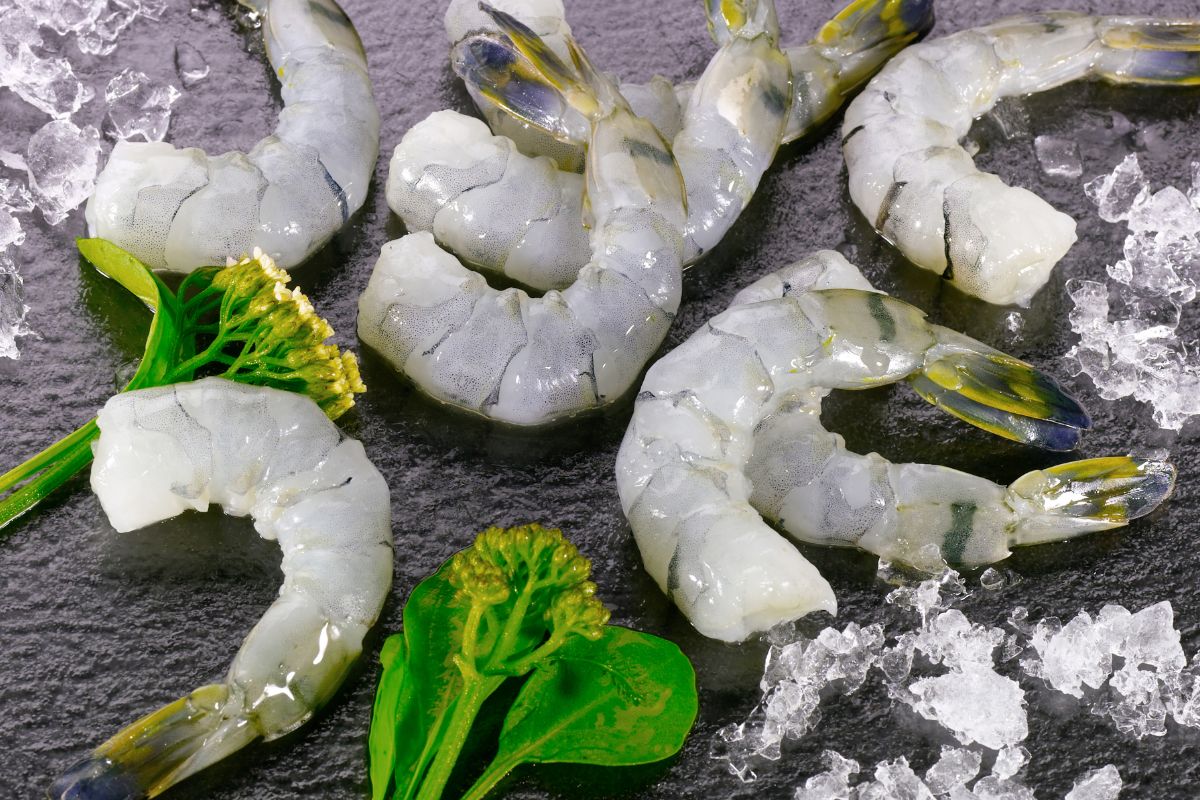
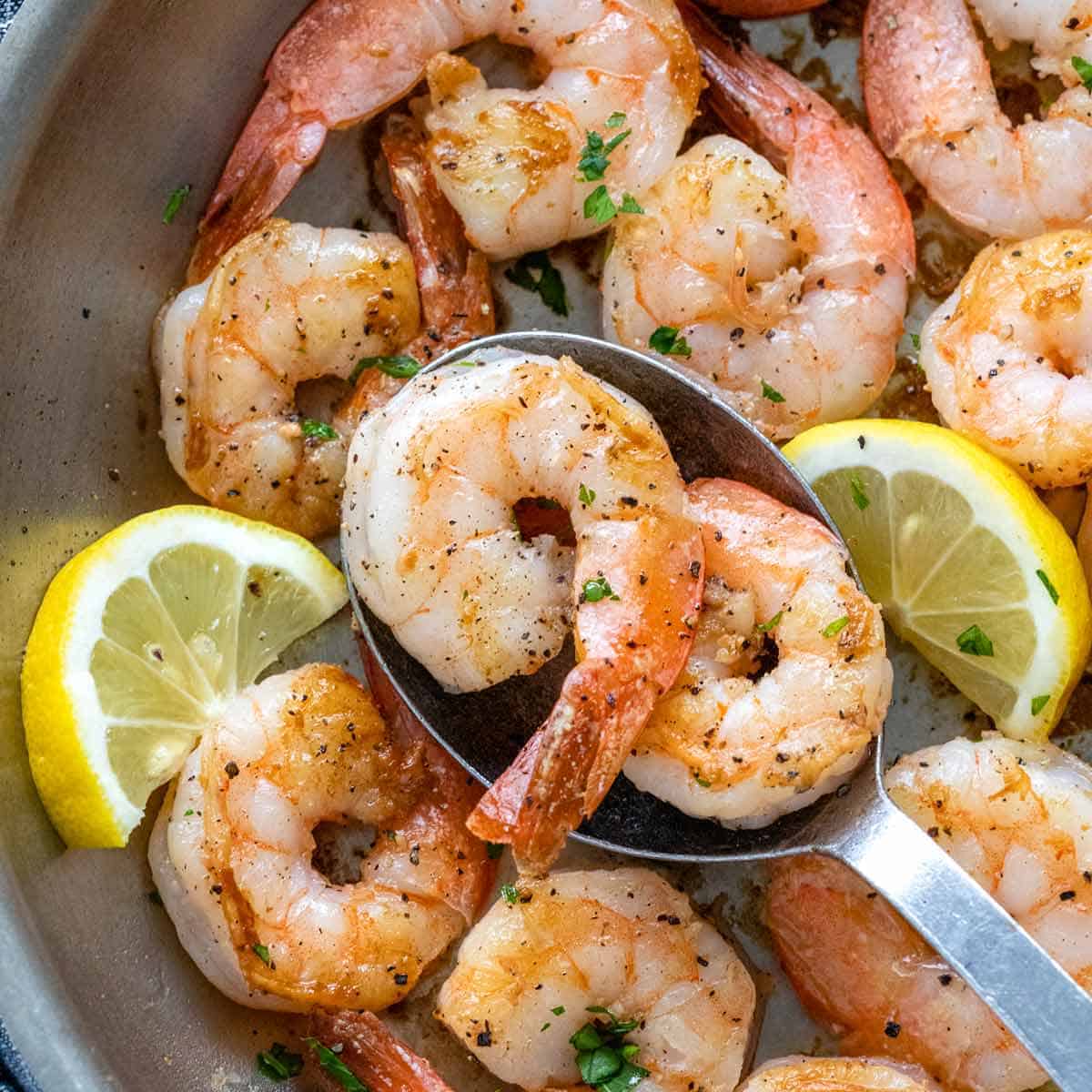
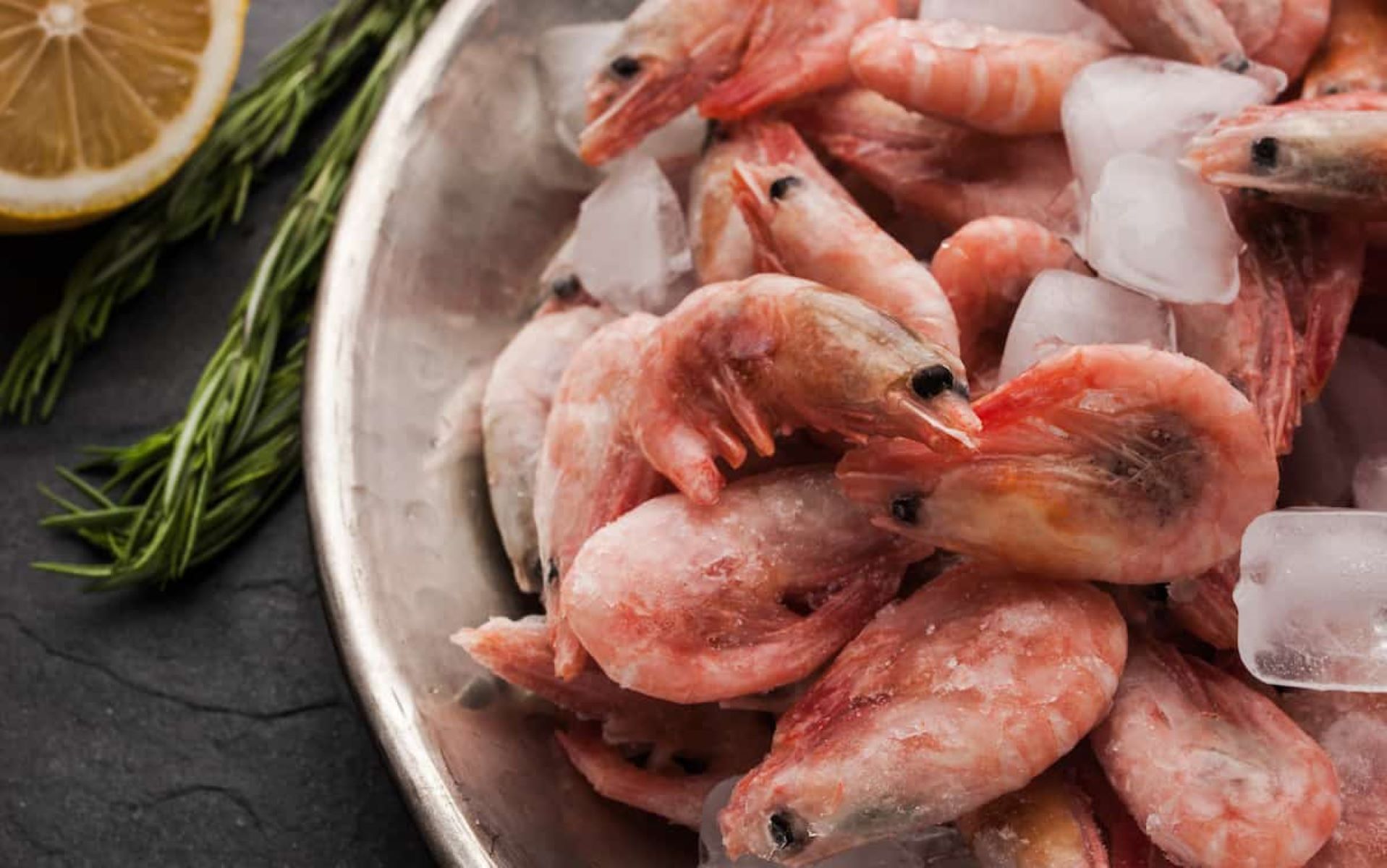
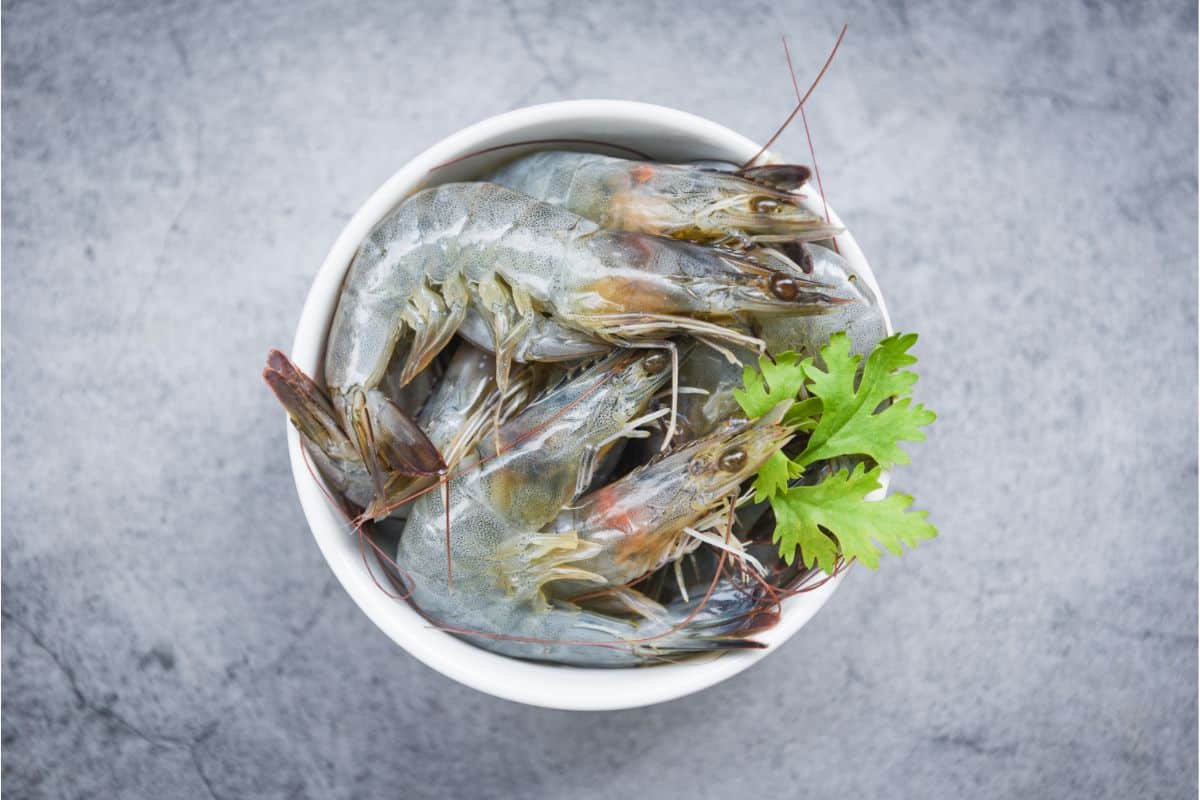
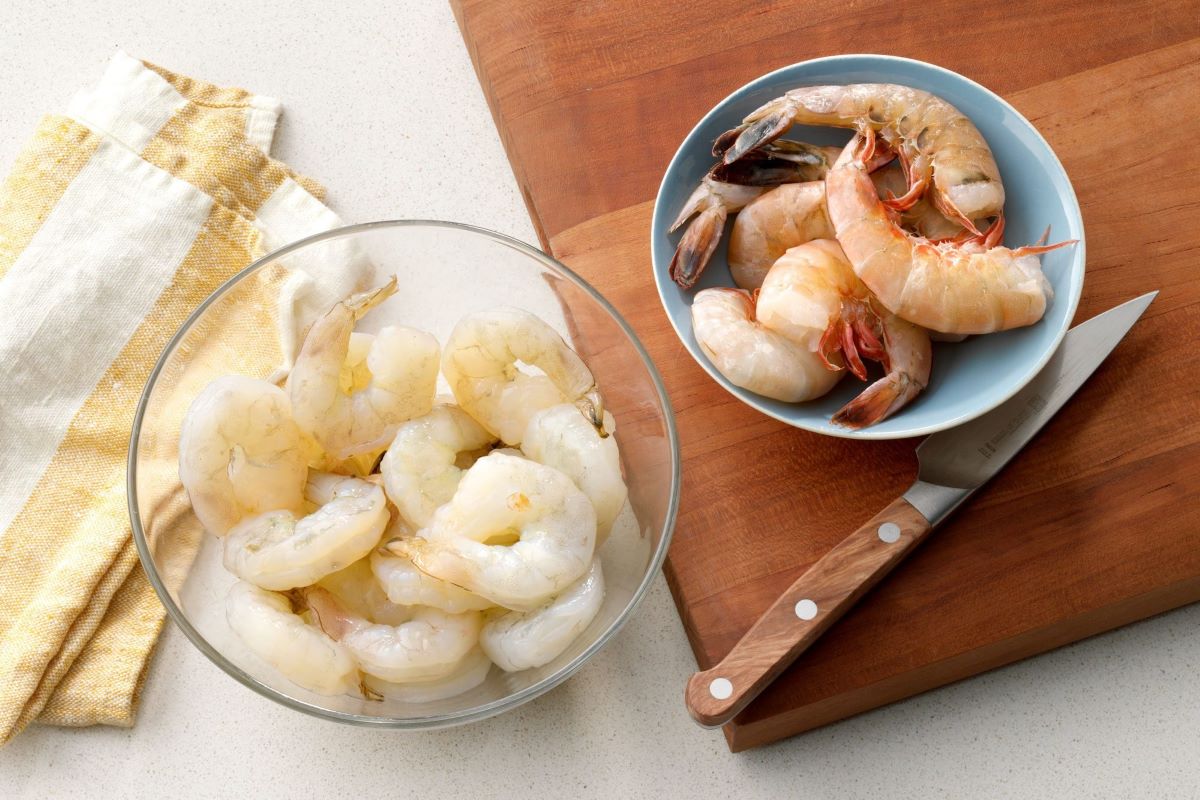
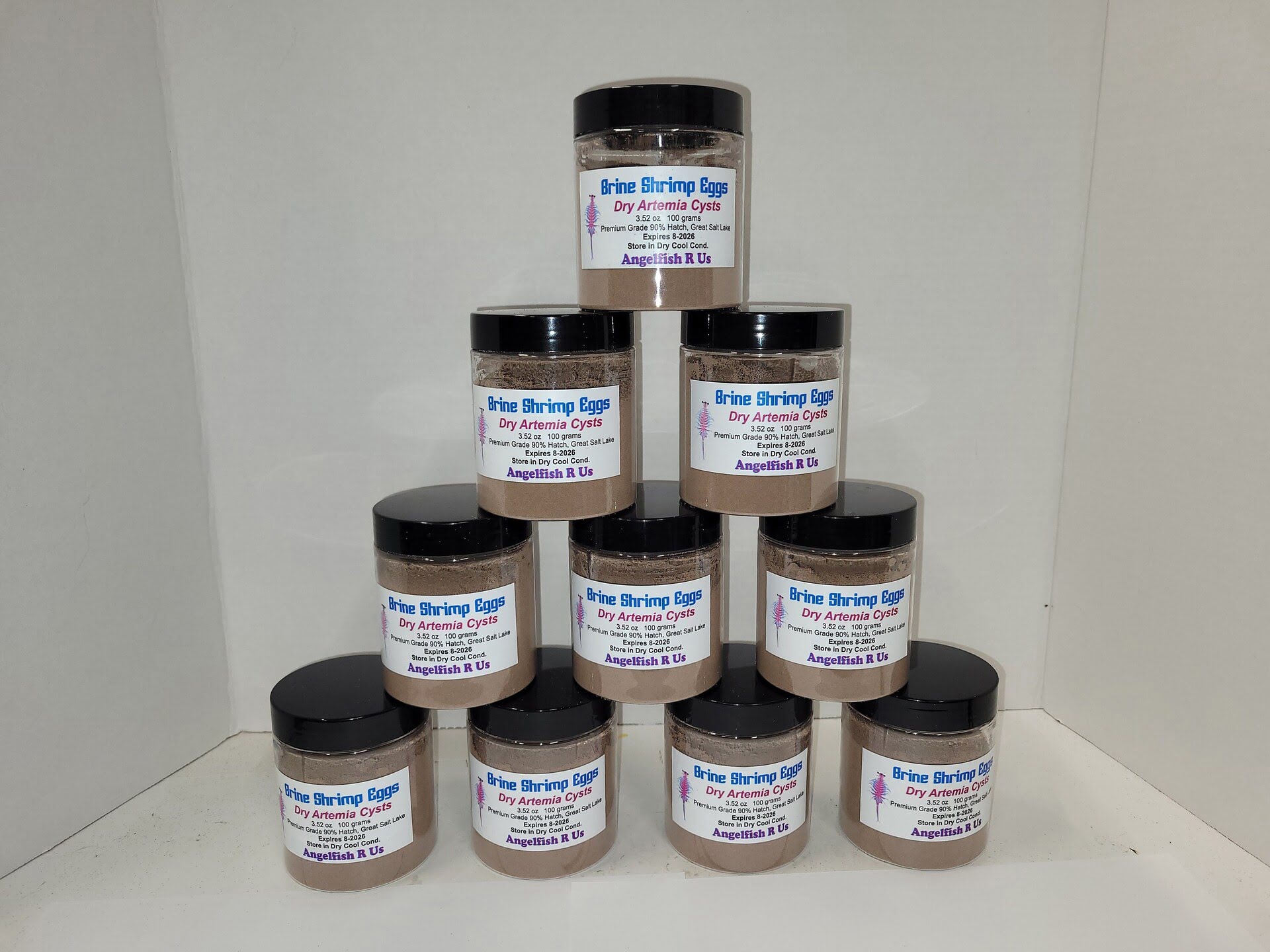
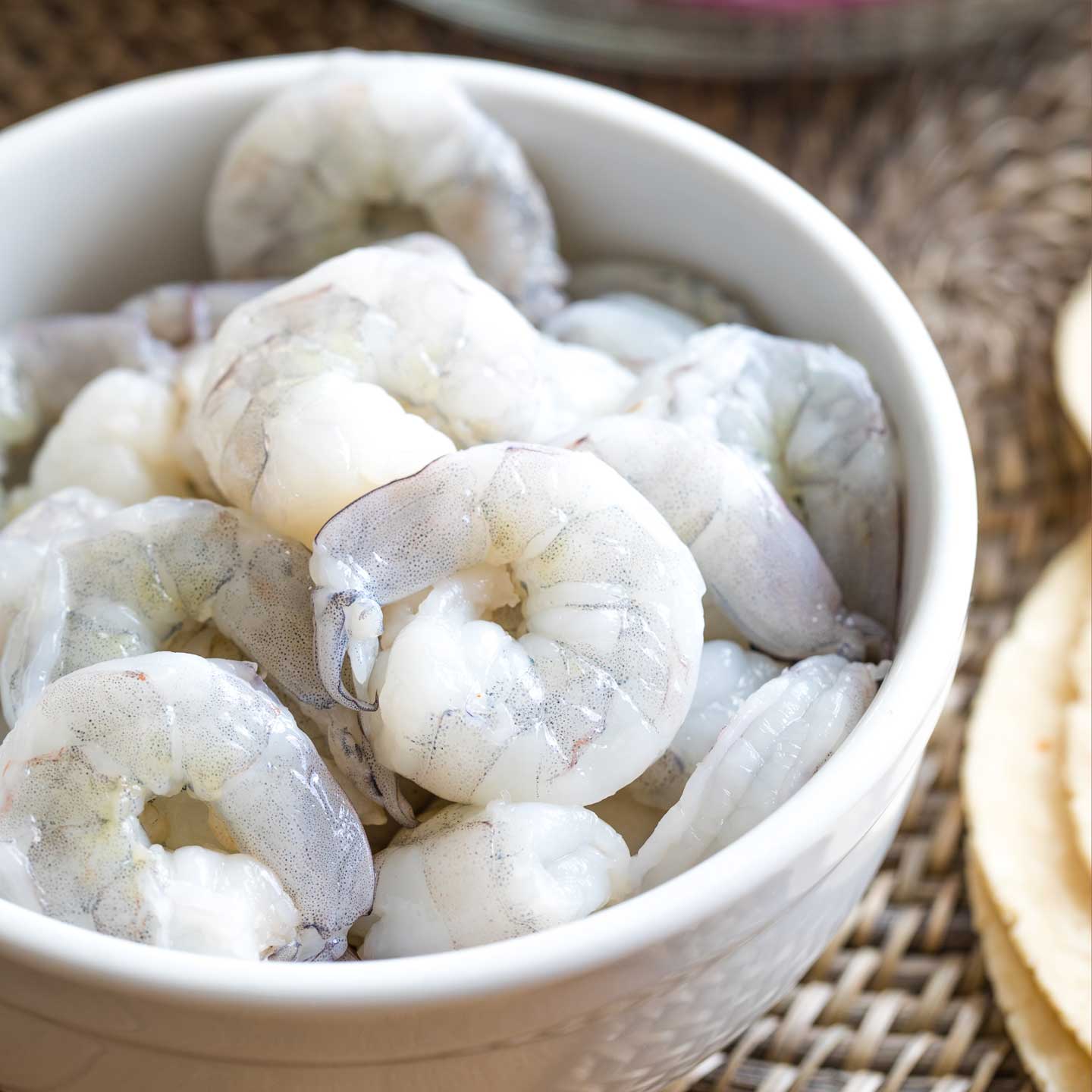
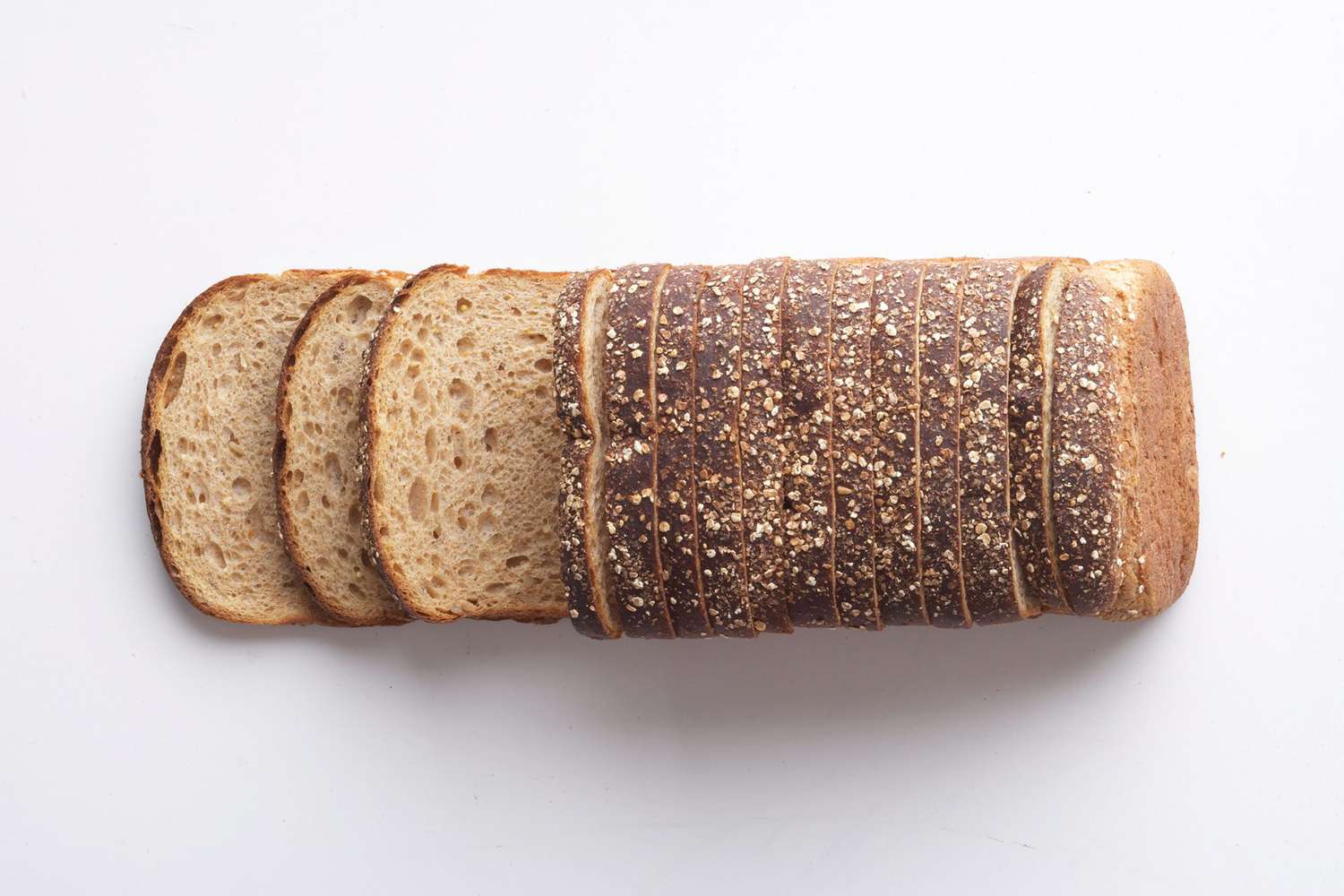
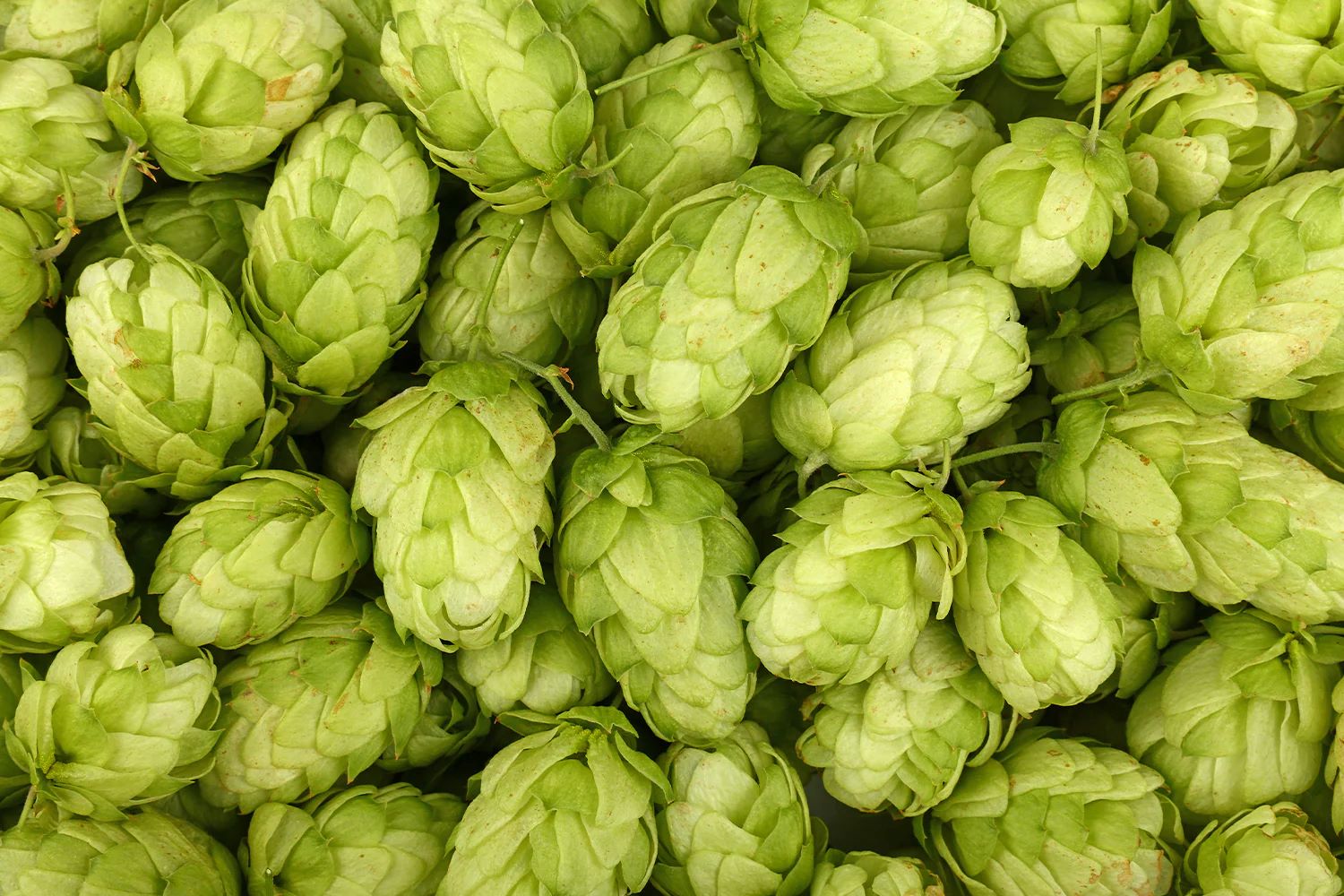
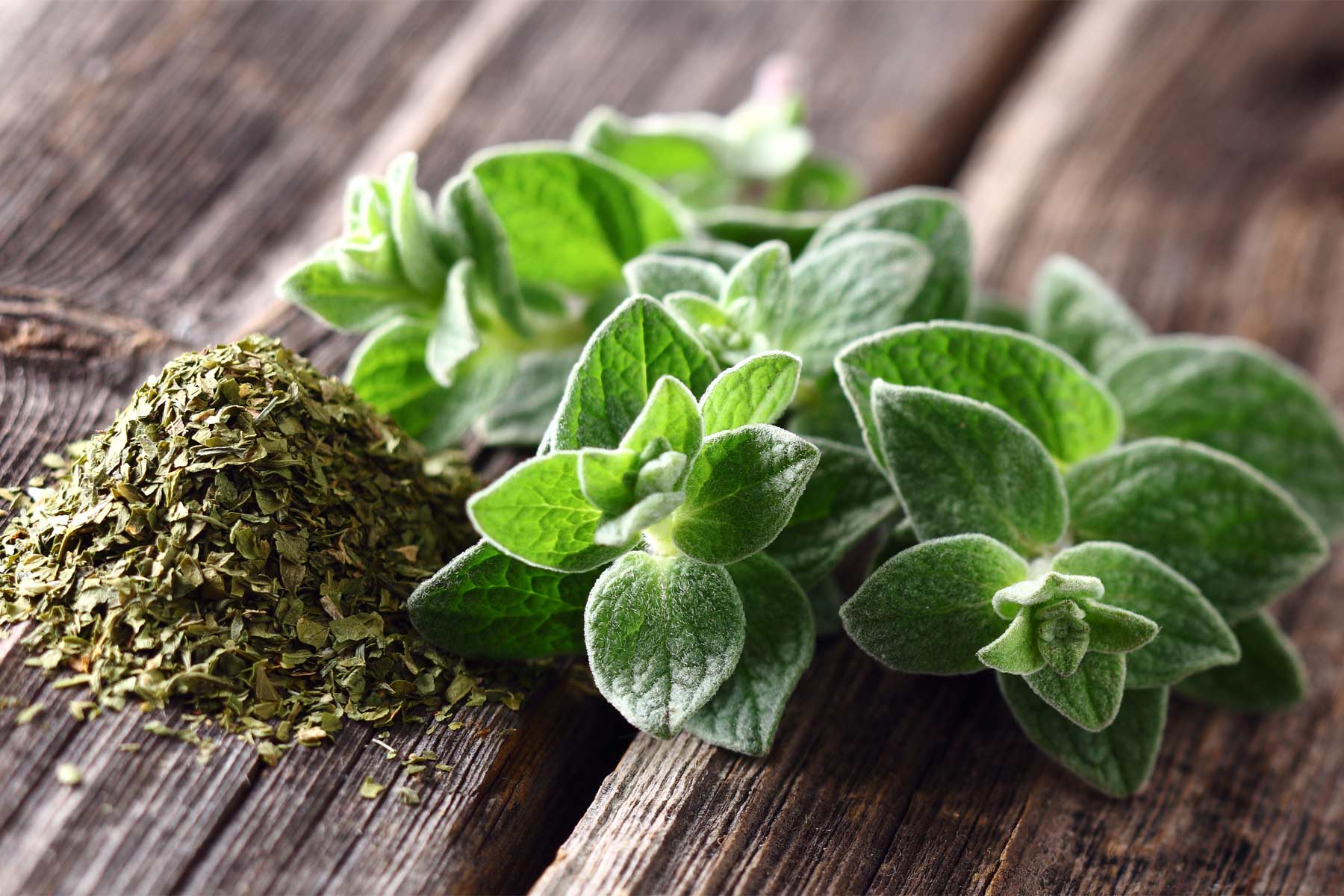
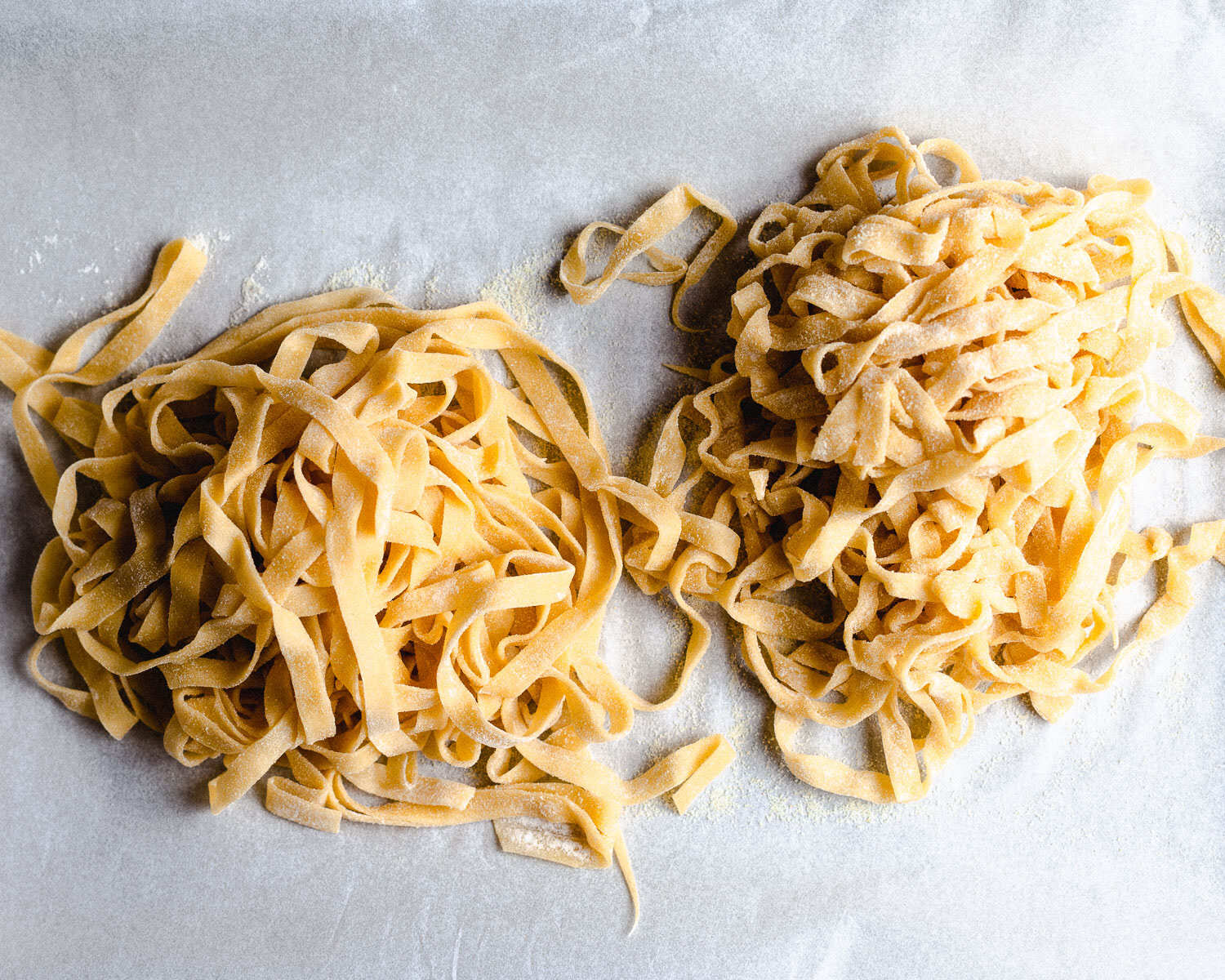
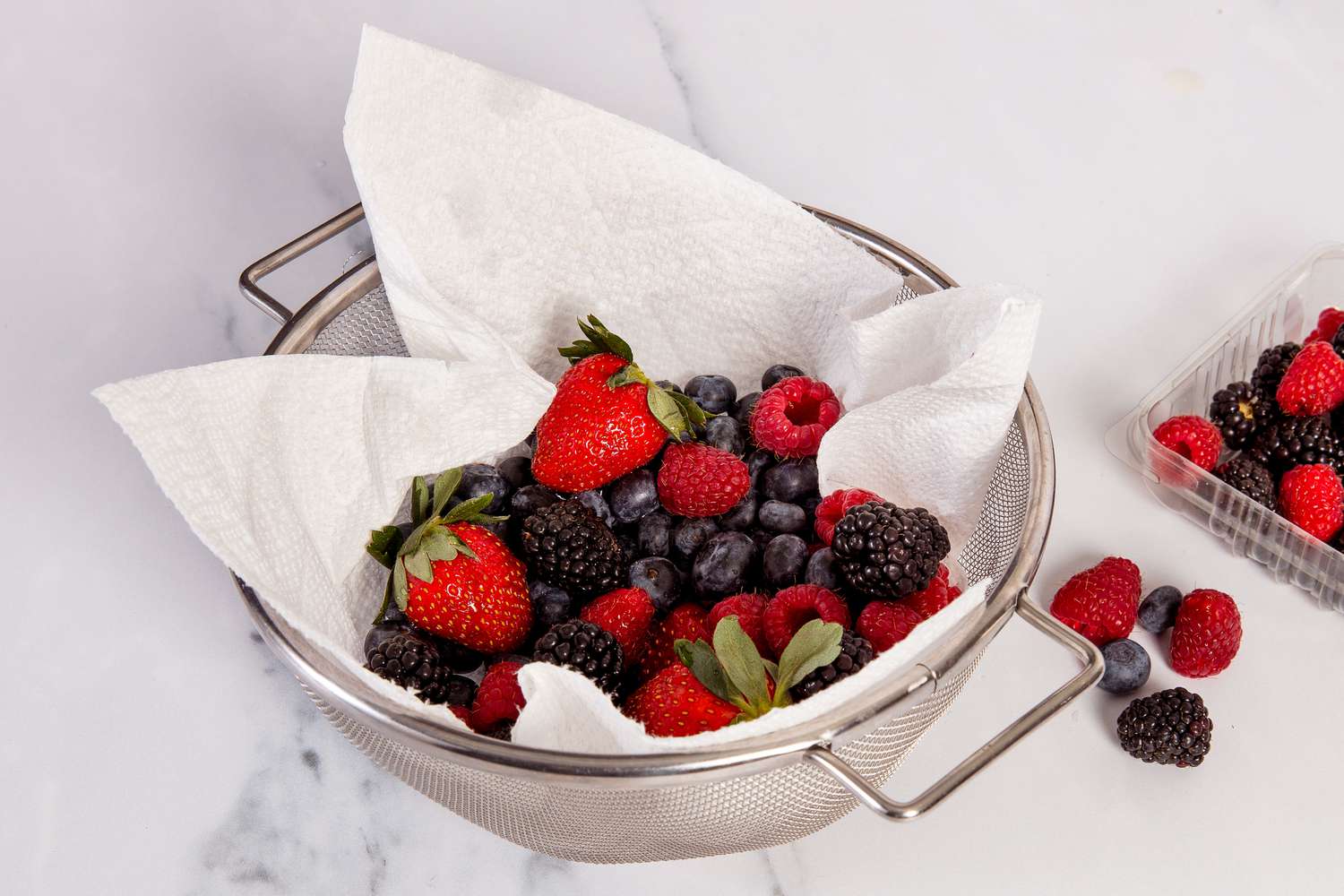
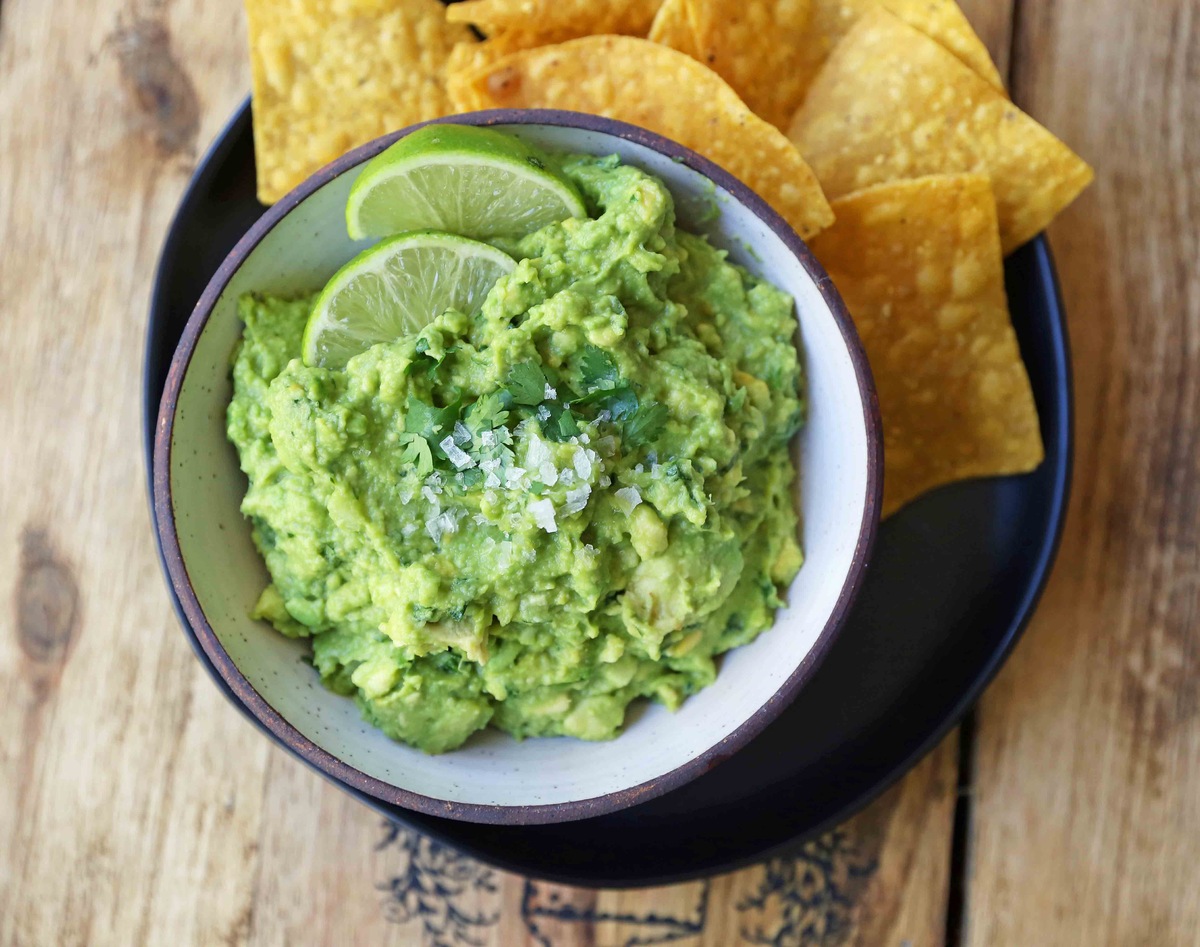

0 thoughts on “How To Store Fresh Shrimp”